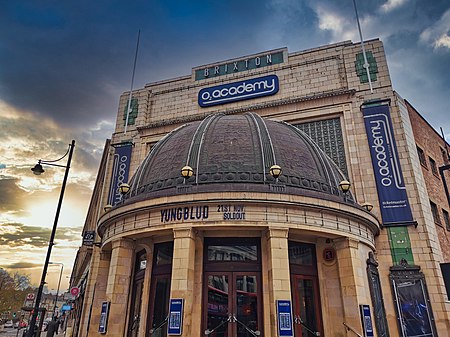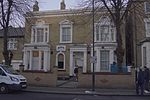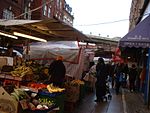Brixton Academy

Brixton Academy (originally known as the Astoria Variety Cinema, previously known as Carling Academy Brixton, currently named O2 Academy Brixton as part of a sponsorship deal with the O2 brand) is a mid-sized concert venue located in South London, in the district of Brixton. Opening in 1929 as a cinema, the venue was converted into a discotheque in 1972 then was reborn as a concert hall in 1983. It is owned by the Academy Music Group, and has become one of London's leading music venues, hosting over 50 live albums, and winning the NME Best Venue 12 times since 1994. It has been home to several notable performances, including The Smiths' last gig (December 1986), Leftfield's June 1996 concert which set a decibel record for a live gig at 137db, and Madonna's gig in 2000, which was watched by an online audience of 9 million
Excerpt from the Wikipedia article Brixton Academy (License: CC BY-SA 3.0, Authors, Images).Brixton Academy
Stockwell Road, London Stockwell (London Borough of Lambeth)
Geographical coordinates (GPS) Address Website External links Nearby Places Show on map
Geographical coordinates (GPS)
| Latitude | Longitude |
|---|---|
| N 51.465107 ° | E -0.114922 ° |
Address
O2 Academy Brixton (Brixton Academy)
Stockwell Road 211
SW9 9SL London, Stockwell (London Borough of Lambeth)
England, United Kingdom
Open on Google Maps











